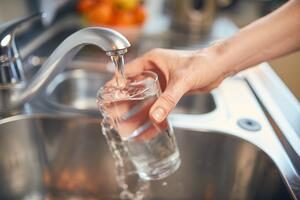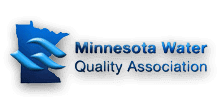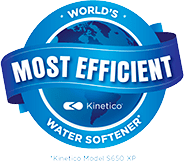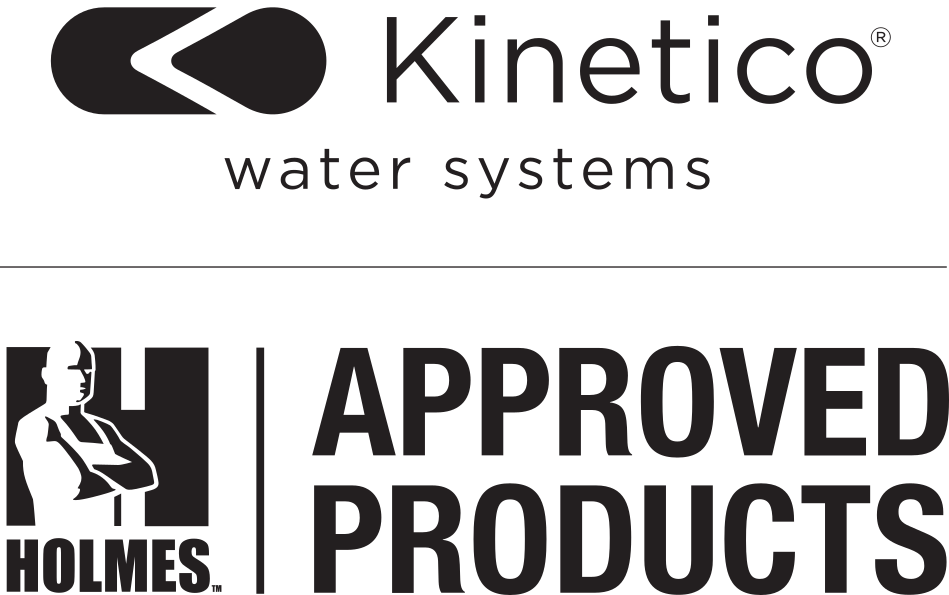If you’ve looked into treating your water, you’ve probably heard about water softeners and water filters. You might even wonder if they are the same. They may do similar things, but they have an entirely different way of doing it.
Here’s what you need to know about softening vs. filtering your water at home.
How is Water Softened?
The process of softening water is pure science, using ion exchange.
The softening process starts as water passes through a column of resin beads that are charged with sodium ions. This removes minerals such as calcium and magnesium. The beads capture mineral ions, replacing them with the sodium ions, which do not interfere with household functions. When the beads have reached capacity, the hard minerals can be flushed from the system in a process called regeneration.
Soft water helps keep clothes vibrant, skin and hair healthy, pipes clear, and shower stalls scum-free.
Filtering Water 101
Filtering water is a physical process. Water goes through a material that strains out the impurities. At its simplest level, that means a mechanical barrier – like a basic mesh – to filter out sediment and debris, but it can even be a ceramic filter with a complex pore structure to filter out pathogenic organisms.
The most common water filters use activated carbon granules. The porous granules have nooks and crannies that attract and trap impurities through a process called adsorption, where molecules of liquids or gasses adhere to a solid. The large surface area of activated carbon makes it ideal for this kind of filtration.
Activated carbon filters reduce common impurities like the chlorine-based chemicals added during wastewater purification, pesticides, and industrial solvents. But activated carbon filters have limitations. They are not good at removing the minerals, salts and dissolved inorganic compounds that make water hard.
Reverse osmosis is a more sophisticated type of water filtration that can effectively remove dissolved inorganic solids like magnesium and calcium ions. A reverse osmosis system pushes water through a semipermeable membrane under pressure so the water passes through but most of the contaminants are left behind.
Combining Filters for the Best Results
Depending on the treatment needs, a combination of filters may provide the best whole house solution. For example:
- Whole house rust/sediment filters for reduction of solid particles
- Whole house dechlorinators for reduction of chlorine and/or chloramines
- Whole house iron filters for reduction of iron and manganese
- Whole house odor filters for reduction of hydrogen sulfide
- Whole house arsenic filters for reduction of arsenic
What’s the right solution for your home? Softening vs Filtering ? It all depends. Water conditions can vary from town to town and home to home, so it’s best to have your water tested by a professional. That way we can assess the situation and recommend the right kind of treatment to meet your needs.









